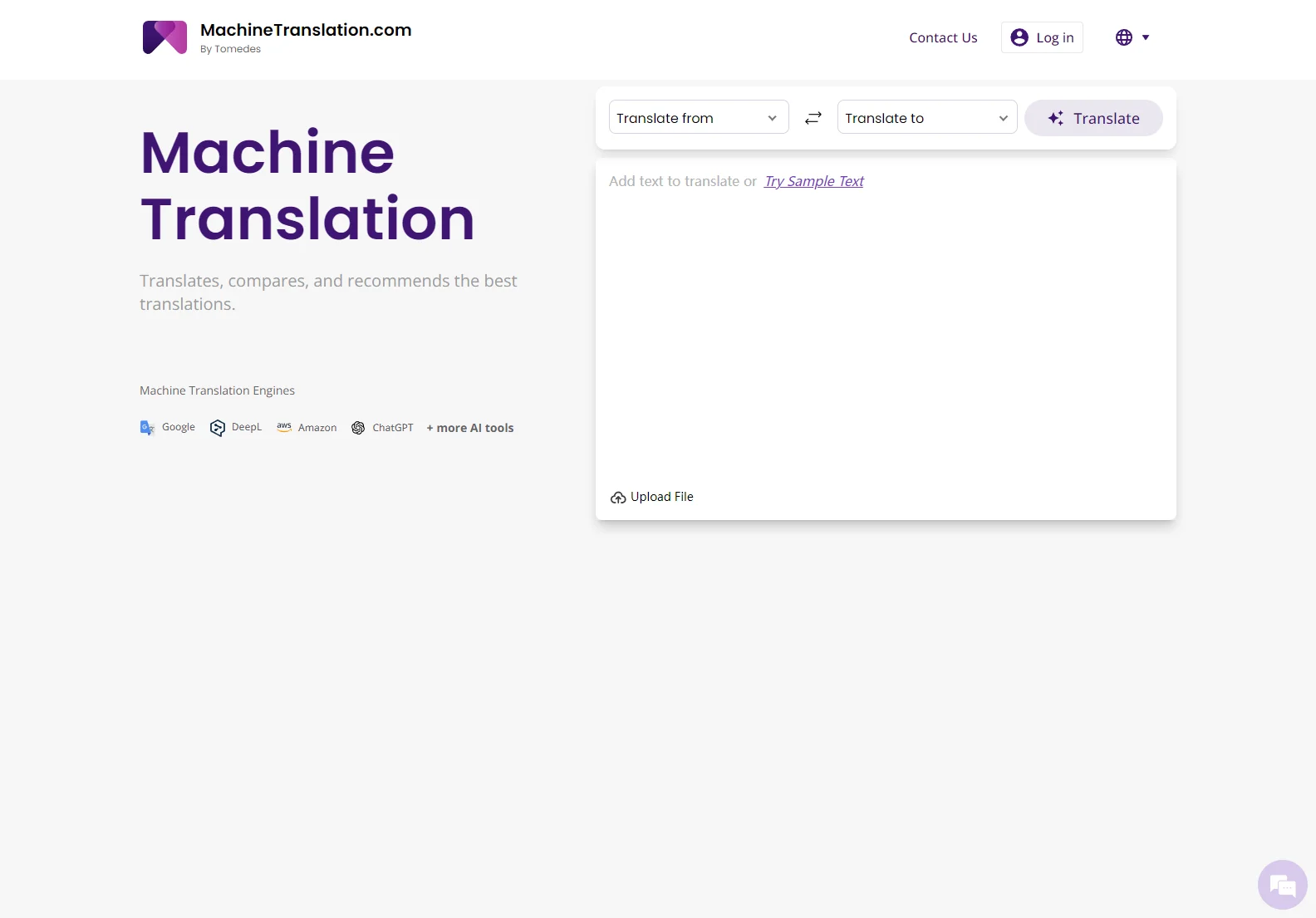Machine Translation: Your Gateway to Global Communication
Machine Translation (MT) is rapidly transforming how we communicate across languages. This technology leverages artificial intelligence (AI) and machine learning to translate text and speech, breaking down language barriers and fostering global understanding. This article explores the capabilities, benefits, and applications of machine translation.
How Machine Translation Works
Machine translation systems use complex algorithms to analyze text and identify patterns. They then use these patterns to translate the text into the target language. Modern systems often employ neural machine translation (NMT), which uses deep learning models to produce more natural and fluent translations.
Benefits of Using Machine Translation
- Increased Efficiency: MT significantly speeds up the translation process, allowing for faster communication and content delivery.
- Cost Savings: It can be significantly cheaper than traditional human translation, especially for large volumes of text.
- Accessibility: MT makes translation accessible to individuals and organizations with limited resources.
- Global Reach: It facilitates communication and collaboration across geographical boundaries.
Applications of Machine Translation
Machine translation is used in a wide range of applications, including:
- Business: Translating marketing materials, websites, and customer support documents.
- Education: Assisting language learners and providing access to educational resources in multiple languages.
- Travel: Translating signs, menus, and other travel-related information.
- Healthcare: Translating medical records and patient information.
- Government: Translating official documents and communications.
Choosing a Machine Translation Engine
Several machine translation engines are available, each with its strengths and weaknesses. Factors to consider when choosing an engine include:
- Accuracy: How accurate are the translations?
- Speed: How quickly does the engine translate text?
- Language Support: Does the engine support the languages you need?
- Cost: What is the cost of using the engine?
- Features: Does the engine offer additional features such as post-editing capabilities?
Machine Translation vs. Human Translation
While machine translation is a powerful tool, it's important to remember that it's not a perfect replacement for human translation. Human translators possess the nuanced understanding of language and culture necessary to produce highly accurate and natural-sounding translations, especially for complex or sensitive texts. Often, a combination of machine and human translation is the most effective approach.
The Future of Machine Translation
The field of machine translation is constantly evolving. As AI and machine learning technologies continue to advance, we can expect even more accurate, fluent, and efficient machine translation systems in the future. These advancements will further break down language barriers and facilitate communication and collaboration on a global scale.
